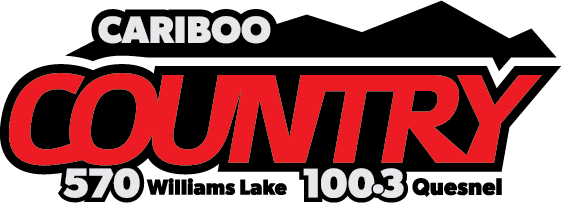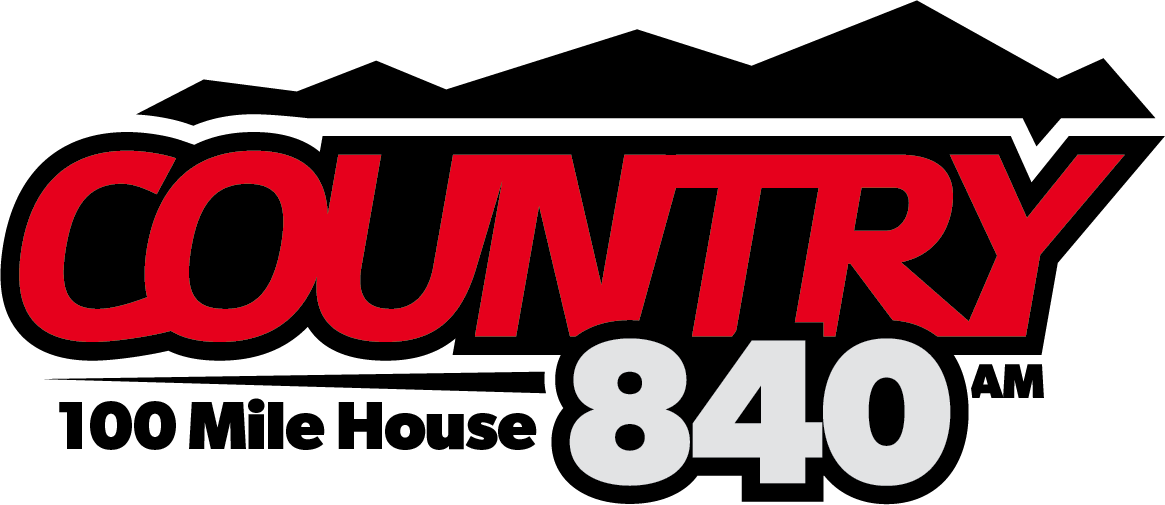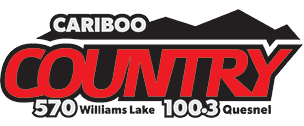Pilots of a self-guided program designed to help business, organizations, and schools become better prepared for emergencies have been launched in several B.C. communities.
Based on the American Red Cross Ready Rating program, pilots were launched by the Canadian Red Cross last month in 100 Mile House, Clinton, and Bella Coola.
Provincial Director for the emergency management program with B.C. and Yukon, Elysia Dempsey said they have been holding public information sessions with a variety of different stakeholders in all three of the communities.
“We’ll be back returning into communities in the coming weeks and months ahead to answer questions and to actually look at seeing the success of the program,” she said.
“The reason why they’re pilots is we’re determining the value added here in Canada to see if it makes sense for us to actually create our own Ready Rating program here in B.C.”
The Canadian Red Cross will continue the pilots for the next four to five months.
“We actually had individuals and paired up our two teams and they had conservations around the program,” Dempsey said of working with the American Red Cross.
“We delivered some joint presentations together so we have a very strong ongoing dialogue. The American Red Cross has, of course, opened up the portal to allow individuals to able to go in and access their own programming at no cost which is wonderful so they’ve been a great resource for us, and they’ve had huge success with their program in the States.”
“We’re definitely looking forward to seeing how that can be applied here.”
Dempsey adds the economic impact from the 2017 wildfires was significant and that the Canadian Red Cross recognizes the Ready Rating program is a way in which for people become better prepared, understand what their risks are, and understand how they can build a recovery plan that will reduce their impact from future events.
“We looked into a particular variety of different factors around rural and urban geography,” she said.
“We looked at the demographics, we looked at the business population and the impact on the fires from them last year, and then we also looked at it from a community willingness to want to have that type of programming so it was a variety of factors that led us to actually selecting those three communities.”
Something going on in the Cariboo you think people should know about?
Send us a news tip by emailing [email protected].








